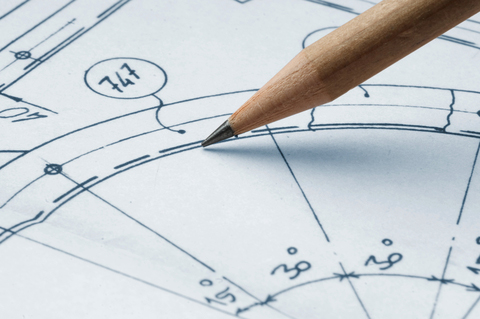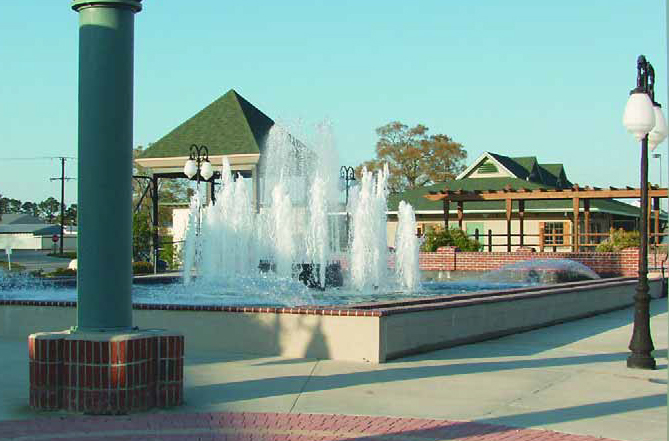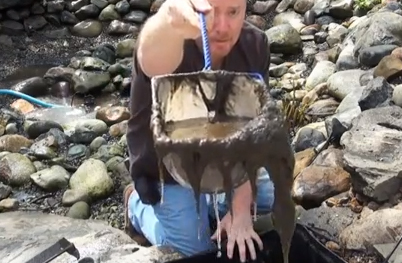ARTICLES
Advance Search
Aquatic Health
Aquatic Health, Fitness & Safety
Around the Internet
Aquatic Culture
Aquatic Technology
Artful Endeavors
Celebrity Corner
Life Aquatic
Must-See Watershapes
People with Cameras
Watershapes in the Headlines
Art/Architectural History
Book & Media Reviews
Commentaries, Interviews & Profiles
Concrete Science
Environment
Fountains
Geotechnical
Join the Dialogue
Landscape, Plants, Hardscape & Decks
Lighter Side
Ripples
Test Your Knowledge
The Aquatic Quiz
Other Waterfeatures (from birdbaths to lakes)
Outdoor Living, Fire Features, Amenities & Lighting
Plants
Ponds, Streams & Waterfalls
Pools & Spas
Professional Watershaping
Structures (Editor's Notes)
Travelogues & History
Water Chemistry
WaterShapes TV
WaterShapes World Blog
Web Links
Around the Internet
Aquatic Culture
Aquatic Technology
Artful Endeavors
Celebrity Corner
Life Aquatic
Must-See Watershapes
People with Cameras
Watershapes in the Headlines
Billionaire Stands in Pool for Television Commercial
Compiled and edited by Lenny Giteck British Freestyle Record-Setter Guilty of Pool Peeping Tomism
It’s speculated that the exterior spaces at Playboy Mansion West must be the most photographed in the world. That’s hard to quantify, of course, but it’s certainly safe to say that since construction began in the 1970s, the home of publisher Hugh Hefner and its famous swimming pool and grotto have been used ceaselessly to promote
Truly a large-scale project full of unique technical challenges in an unusual and important civic setting, the renovation of the watershapes at Jambalaya Park in Gonzalez, La., is easily the most unusual project our firm has ever tackled. The park covers seven beautifully wooded acres in an older section of town that’s mostly residential but sits directly behind
Pond ownership comes with a range of responsibilities, not the least of which has to do with making certain everything is ship-shape at some point before the weather gets very warm in the spring. That’s particularly true if the pond carries a good population of
People who design and build swimming pools with attached spas are always on the lookout for ways to differentiate themselves in the eyes of the client. The spa, I think, is the perfect place to start. But the cold fact is that a great many watershapers who build spas do so very conservatively, whether out of habit or






















